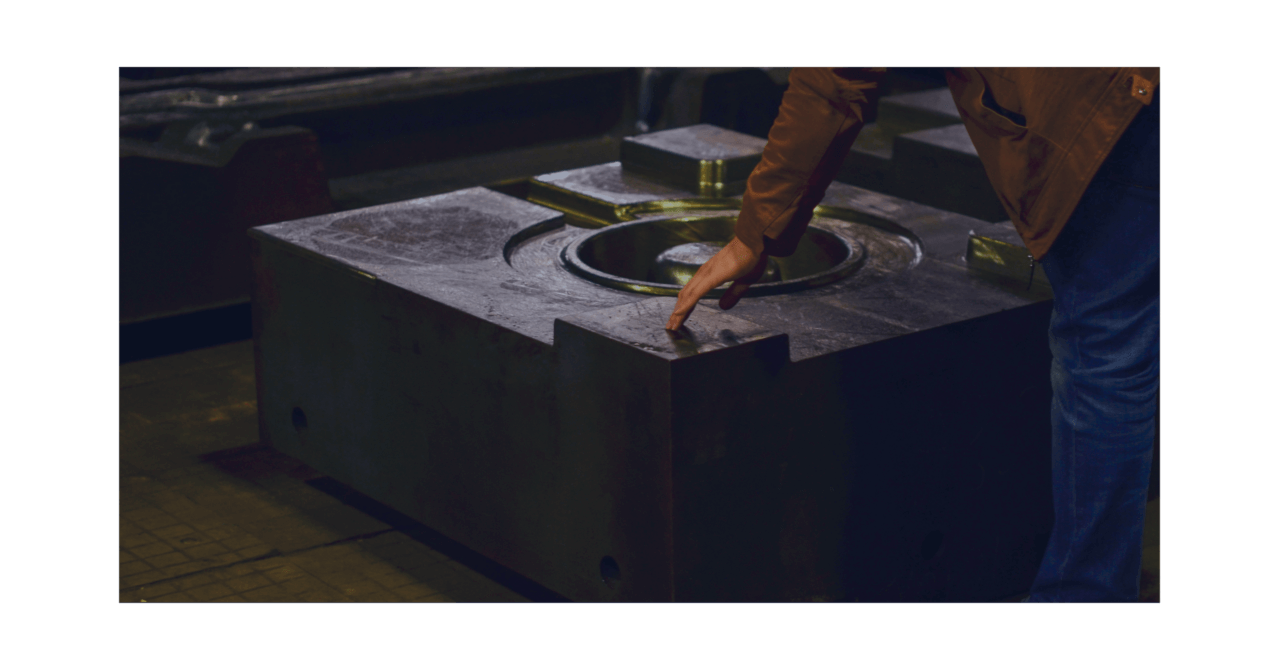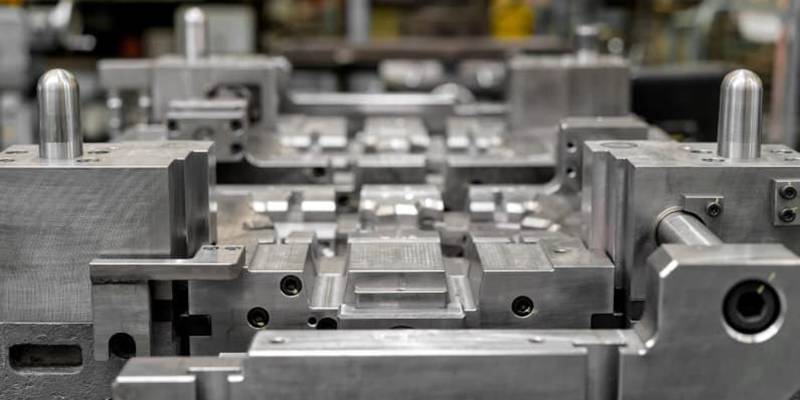Understanding the Production Process and Maintenance Practices for Light Weight Aluminum Foundry Products
The manufacturing process for light weight aluminum foundry items is intricate and requires an extensive understanding of several phases. From the melting of light weight aluminum at heats to different casting techniques, each action plays an important function. Additionally, maintenance practices guarantee devices stays efficient and items are devoid of flaws. Nonetheless, the intricacies of these procedures and their effect on product quality raise essential concerns regarding best practices and ingenious methods in the industry.
Summary of Aluminum Shop Products
Light weight aluminum factory items are crucial components in different markets, supplying a mix of lightweight toughness and corrosion resistance. These products are generally made use of in industries such as automobile, aerospace, and construction, where resilience and efficiency are extremely important. Aluminum's reduced density makes it a suitable material for applications calling for reduced weight without sacrificing architectural integrity. The flexibility of light weight aluminum enables the creation of complex geometries, accommodating diverse layout requirements.
Aluminum foundry products can be customized with various alloys to enhance specific residential or commercial properties, such as boosted thermal conductivity or enhanced firmness. Their resistance to oxidation and corrosion warranties long life, making them ideal for both interior and outdoor applications. The combination of these attributes adds to the growing choice for aluminum in modern-day production. As industries seek to maximize performance and sustainability, aluminum foundry products continue to play a critical role in fulfilling these needs.
Melting Process: Transforming Light Weight Aluminum
The melting process is a basic action in the production of light weight aluminum factory items, as it changes strong aluminum right into a liquified state ideal for spreading. This procedure generally takes place in a heater, where scrap light weight aluminum or ingots are warmed to temperatures around 660 levels Celsius. The choice of heating system-- be it electric, gas, or induction-- affects the effectiveness and expense of melting.
During melting, careful consideration is offered to the elimination of contaminations, such as oxides and various other impurities, which can adversely impact the high quality of the end product. Fluxes may be contributed to assist in this filtration procedure, boosting the fluidity of the molten metal.
In addition, temperature level control is vital to guarantee harmony and stop overheating, which can result in oxidation. The melting procedure not just prepares light weight aluminum for casting yet likewise plays a considerable role in determining the stability and residential properties of the final shop items.
Casting Methods in Aluminum Shop
Various spreading techniques are utilized in light weight aluminum foundries to produce top notch components, each fit to various applications and specs. Amongst the most typically made use of methods are sand casting, die spreading, and investment casting. Sand casting makes use of a mixture of sand and binder to develop molds, enabling complex shapes and big components (aluminum metal casting). Die casting, identified by the high-pressure shot of liquified light weight aluminum right into steel mold and mildews, generates accurate and repeatable components, ideal for automation. Financial investment casting, or lost-wax spreading, entails producing a wax version that is covered in a ceramic covering, enabling elaborate layouts and fine details. Each method has its advantages; sand casting is cost-efficient for low-volume production, while die casting offers effectiveness for high-volume runs. Financial investment casting is favored for components requiring exceptional accuracy and surface finish. Picking the appropriate technique relies on variables such as production quantity, component complexity, and material residential properties
Completing Procedures for Light Weight Aluminum Elements
After casting techniques have shaped the light weight aluminum parts, ending up processes play a significant role in improving their performance and aesthetic appeal. These processes generally include machining, surface area therapy, and coating applications. Machining entails exact elimination of material to attain preferred dimensions and surface top quality. This is crucial for guaranteeing that components fit flawlessly right into their designated applications.
Surface area therapies, such as anodizing and polishing, are used to improve corrosion resistance and boost aesthetic qualities. Casting Foundry. Anodizing, particularly, supplies a safety oxide layer, making the light weight aluminum more aesthetically attractive and sturdy

Maintenance Practices for Longevity
Carrying out normal upkeep methods is vital for making certain the durability of aluminum shop products. Routine assessments should be conducted to identify wear and tear, as very early discovery can stop costly repair services and prolong the lifespan of elements. Cleaning devices and equipment frequently reduces the threat of contamination, which can detrimentally affect product quality. Lubrication of relocating components is likewise crucial, as it minimizes friction and wear, boosting operational effectiveness.
Furthermore, the implementation of a preventive upkeep timetable aids in methodically addressing potential issues before they intensify (aluminum metal casting). This consists of monitoring for leaks, making sure appropriate placement, and calibrating equipment. Personnel training on appropriate handling and upkeep techniques promotes a society of treatment, which is important for maintaining item honesty. Recording maintenance tasks supplies important insights into efficiency fads, allowing for notified decision-making relating to future upkeep methods.
Quality Assurance and Testing in Light Weight Aluminum Foundry Manufacturing
Quality assurance and screening are extremely important in aluminum foundry manufacturing, as they guarantee that last items meet specified criteria and customer expectations. This process starts with raw material evaluation, ensuring that aluminum alloys follow needed structures. Throughout the manufacturing cycle, in-process inspections are carried out to keep an eye on criteria like temperature, product, and pressure flow.
Numerous examinations-- such as dimensional checks, aesthetic evaluations, and non-destructive screening-- are executed to identify any kind of issues once casting is complete. Mechanical residential or commercial properties, including tensile strength and firmness, are reviewed via standard testing techniques.
Adherence to sector criteria, such as ISO and ASTM, is important for making sure item quality. Analytical visit here process control strategies are usually used to analyze production information and promote constant improvement. By implementing strenuous quality assurance steps, aluminum shops can improve product reliability and decrease waste, eventually causing higher customer complete satisfaction and functional efficiency.
Frequently Asked Inquiries
What Are the Environmental Effects of Aluminum Shop Workflow?
Aluminum shop operations can lead to considerable environmental influences, including air contamination from discharges, water contamination from waste discharge, and power usage contributing to greenhouse gas emissions, inevitably impacting neighborhood ecosystems and community wellness.
Just How Do Aluminum Rates Impact Shop Production Choices?
Aluminum rates greatly influence shop manufacturing decisions; greater rates may cause reduced result or increased efficiency measures, while lower rates can urge expanded production and financial investment in brand-new innovations to boost competitiveness and earnings.
What Security Measures Are Vital in Light Weight Aluminum Foundries?
Crucial precaution in aluminum shops consist of protective check it out equipment, appropriate air flow to reduce inhalation of fumes, normal equipment maintenance, training on emergency treatments, and adherence to safety and security protocols to stop accidents and injuries among workers.
Can Aluminum Be Recycled, and Exactly How Is It Refined?
Light weight aluminum can without a doubt be reused. The process includes collection, melting, and reforming the material right into brand-new items, substantially decreasing energy usage and environmental impact contrasted to primary aluminum manufacturing while preserving material high quality.
What Are Usual Issues in Light Weight Aluminum Casting and Their Reasons?

The manufacturing procedure for light weight aluminum factory products is complex and calls for a comprehensive understanding of multiple stages. Aluminum shop items are important parts in different industries, supplying a blend of lightweight toughness and rust resistance. The melting procedure is a basic step in the you could try this out manufacturing of aluminum shop products, as it changes solid light weight aluminum into a liquified state suitable for spreading. Implementing normal maintenance techniques is important for guaranteeing the long life of aluminum factory products. Quality control and testing are critical in light weight aluminum factory production, as they assure that final products fulfill specified requirements and customer expectations.